The Overlay
By Inés Cámara Leret
Image credit: Inés Cámara Leret
In Madrid's Lavapiés neighborhood, artist Inés Cámara Leret wondered: at what exact point does human-made infrastructure blend with what we perceive as 'nature' and vice versa? This question led her to create 'The Overlay,' an artwork that uses AI to discover the hue where the natural and artificial merge – a critical take on Disneyland's 'go away green,' the colour engineered to make theme park service infrastructure invisible.
Concept and vision
Cámara Leret set out to explore the construction and artificiality of localised representations of nature. Rather than accepting the traditional divide between natural and artificial environments, she wanted to find the exact point where this distinction blurs. The work questions our assumptions about what we consider 'natural' in urban environments, while demonstrating new possibilities for artistic exploration using AI systems.
Technical journey
Using The New Real Observatory platform, Cámara Leret uploaded two distinct sets of photographs from her neighborhood: images of natural greenery and various engineered materials. The platform's transferGAN model was fine-tuned with these photos, allowing her to explore the latent space between the two categories.
In a critical take on the role of AI in art creation, she developed a computational method to query the model's logic directly. She generated 100 images at equal intervals along this dimension, then analysed their median RGB values to find the precise point where the natural and artificial colour values converged.
This approach emerged through research and experimentation – rather than using the AI as a black box, Cámara Leret developed ways to probe its internal understanding of the relationship between natural and built environments.
Image credit: Inés Cámara Leret
The work
The resulting multi-component artwork operates on several levels. At its core is the discovery of a specific hue – the 'vanishing point' where engineered materials become indistinguishable from natural greenery in the AI's understanding of the images. This colour was then physically (re)created as paint by Antonio Sánchez, Spain's last living colourist, transforming digital analysis into material reality. Working with the ‘Esta Es Una plaza’ local community group, the paint was then applied to reclaimed critters from an old carousel, physically representing the overlay of the somewhat conflicting values of frivolity and entertainment, building a community and care for the environment.
The work extends beyond local discovery through a digital interface that allows anyone to generate their own 'local green.' Using vegetation index data from Copernicus satellites, the system calibrates Cámara Leret's discovered hue to any location on Earth, creating a global mapping of these vanishing points between natural and artificial environments.
Significance
'The Overlay' demonstrates how, unlike conventional AI image generators, The New Real Observatory allows the artist to directly probe and experiment with the AI's internal logic. The work suggests new ways of thinking about both AI art creation and our understanding of 'natural' urban spaces, while questioning the boundaries we draw between the natural and artificial world.
Through its combination of computational analysis, material production and global data integration, 'The Overlay' reveals how artistic practice can drive innovation in AI development while creating new ways of seeing our environment. It stands as a prototype for future human-AI collaboration in environmental understanding.
Footnotes
The New Real Observatory is part of The New Real, a partnership between University of Edinburgh, Edinburgh’s Festivals and The Alan Turing Institute. Featured artists Adam Harvey, Inés Cámara Leret, Keziah MacNeill, Lex Fefegha.
Supported by UK Research and Innovation (EPSRC, AHRC), Towards Turing 2.0, Creative Scotland, Scottish AI Alliance, and the Data-Driven Innovation Programme.
‘The Overlay’ was commissioned as a project of The New Real Observatory. Its first iteration was presented as a physical and in-person installation at the Edinburgh Science Festival in April 2022. The second iteration launched ‘The Overlay’, at ARS Electronica 2022, as a multi-component artwork featuring a digital interface, that allowed anyone to find their localised green for anywhere on Earth, and as a digital experience.
Links
Artist bio
Inés Cámara Leret is interested in the landscapes we have inherited and the anecdotes, materials and ideas that compose them. She develops long-term, slow, and sometimes fragile, research processes that require a continuous and situated approach. Whilst developing them, she delves into a extensive archival work and surrounds herself with both human and non-human entities. Often these processes materialise in installations where moving-image and sculptural works coexist.
Cámara Leret’s work has been shown in galleries and museums alike including: Intermediate Madrid, Museo de Arte Contemporáneo de Castilla y León, Museo Helga de Alvear, Ars Electronica, Copperfield Gallery, Somerset House, V&A & more. Recently, she has developed several residencies including: CC Las Cigarreras, Centro Internacional de Cultura Contemporánea Tabakalera. Currently she is a resident at Matadero Madrid and has been selected as a fellow for the Real Academia de España en Roma for 2025.
Cite as: Inés Cámara Leret (2025). 'The Overlay.' The New Real Magazine, Edition Two. pp 23-26. https://doi.org/10.2218/newreal.10921



